UV system 550W – 25M3H
Features, technical specifications, drawings in the product catalog:
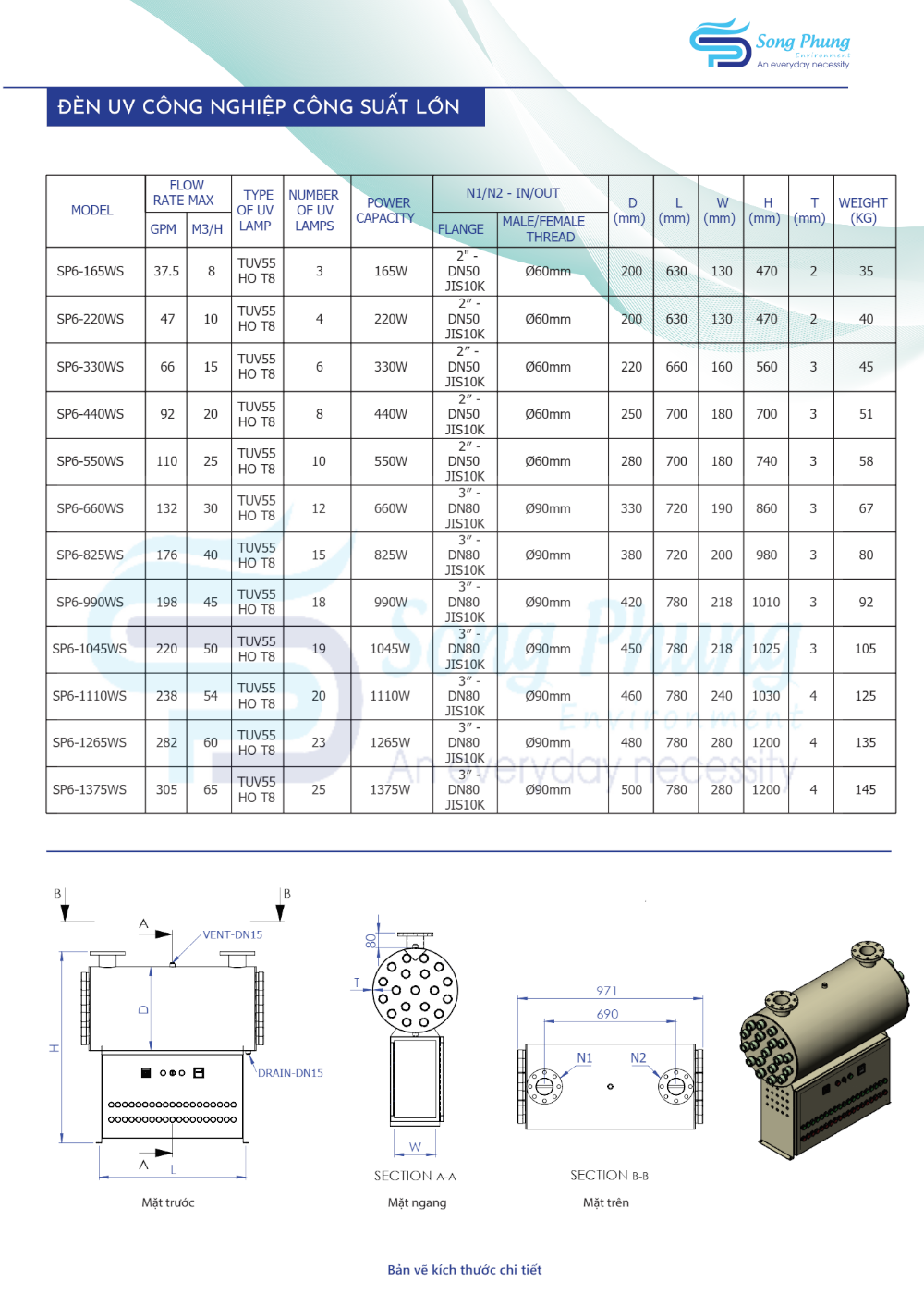
Introduction of UV system 550W – 25M3H
- Ultraviolet (UV) rays are part of the light that comes from the sun. The UV spectrum has a higher frequency than visible light and a lower frequency than X-rays. This also means that the UV spectrum has a larger wavelength than X-rays and a smaller wavelength than visible light, and in order of energy, from low to high, are visible light, UV, then X-rays.
- As one of the water treatment technologies, UV is known to be an effective disinfectant due to its strong bactericidal (deactivating) ability. UV disinfects water containing bacteria and viruses and can be effective against protozoa such as, Giardia lamblia cysts or Cryptosporidium cysts. UV has been used commercially for many years in the pharmaceutical, cosmetic, beverage and electronics industries, especially in Europe and US, it was used to disinfect and treat drinking water in the early 1900s but was abandoned due to high operating costs, unreliable equipment, and the increasing popularity of chlorination. variable.
- UV lamps use a bulb that emits ultraviolet light to kill microbes when exposed to it. Has a structure similar to a common fluorescent light bulb. However, instead of allowing light to pass through, ultraviolet rays (UV rays) pass through.
- The FDA has determined that water can be purified through the application of UV (ultraviolet) light.
- UV water disinfection is odorless, low risk, low maintenance and does not use any chemicals or other additives.
- Thanks to its strong ability to kill bacteria, UV lights are used in disinfecting water treatment to make water microbiologically safe before using for drinking or immediate production without boiling.
- The quality of water after going through the UV light is very high purity such as: bottled drinking water, water for medical use to wash equipment, hemodialysis machines, water for food production, pharmaceuticals, and beverage production. thirsty…
- UV lamps provide proven performance and technology for industries: aquaculture, livestock water supply, life sciences, electronic component manufacturing plants…
Benefits and advantages of UV system 550W – 25M3H
- Extremely fast disinfection without chemicals, without creating by-products. Often used in pure water filtration systems, medical, pharmaceutical,…
- The light has the function of reminding the time to replace the lamp every year to prevent overload and reduced performance (optional).
- Product life is up to 8,000 – 9,000 hours
- Simple maintenance (no need to remove from installation place, no need to turn off the water, no need to stop the system).
- Quartz tube protection tube with 2 open ends helps reduce temperature and prevent leaks.
- The base and support frame are made of stainless aluminum alloy, light and easy to assemble and disassemble.
- Easy to use, economical, fast, safe, does not cause secondary pollution.
- UV is effective against bacteria and viruses; and can be effective against Giardia lamblia or Cryptosporidium if the system is custom designed to meet these disinfection requirements.
- Ultraviolet sterilization has no residual sterilization.
- Minimum lamp brightness 16,000 µwatt-sec/cm^2.
Application of UV system UV system 550W – 25M3H
- Application: in domestic water systems, purified water systems, food processing water systems, agricultural irrigation systems…
- Germicidal UV lamps are widely used in water disinfection and pure water filtration systems can effectively kill bacteria, viruses, and other microorganisms (better effect after water filtration). The sterilization rate is as high as 99.99%. The lamp meets European standards for health and environmental protection.
- UV lamps are the final equipment in a treatment step of water treatment systems.
The ability of the system to disinfect with ultraviolet rays
UV is a first in line system, treating all water used in the home. Capacity ranges from 0.5 gallons per minute (gpm) to several hundred gpm. Because bacteria can be shielded by particles in the water, pretreatment may be necessary to remove turbidity. There is also a limit to the amount of bacteria that can be treated. The upper limit for UV disinfection is 1,000 total coliforms/100 mL water or 100 fecal coliforms/100 mL.
What does UV disinfection remove?
UV disinfection inactivates living organisms, such as bacteria, viruses, spores, and cysts, but it does not remove particles from water, add chemicals, or eliminate unpleasant tastes.
UV sterilization treatment:
- Cryptosporidium
- Giardia
- Dysentery bacilli
- Salmonella bacteria
- Mycobacterium tuberculosis
- Streptococcus
- Coli
- Hepatitis B disease
- Cholera
- Algae
- Fungal bacteria
- Some viruses
Special considerations
- Hardness < 7 gpg (Grains Per Gallon) = 120ppm
- Iron < 0,3 ppm
- Manganese < 0,05 ppm
- Turbidity < 1 NTU
- UVT < 75%
- Tanin < 0,1 ppm
General recommendations
The installation of a UV treatment system, or any other water disinfection system, is not a substitute for proper well design and construction. If you have a dug well as well as a supply, then replacing the well is probably a more satisfactory long-term option. If a dug well is your only supply option then consider all treatment options before you decide what to do. Make sure you get advice from an expert!
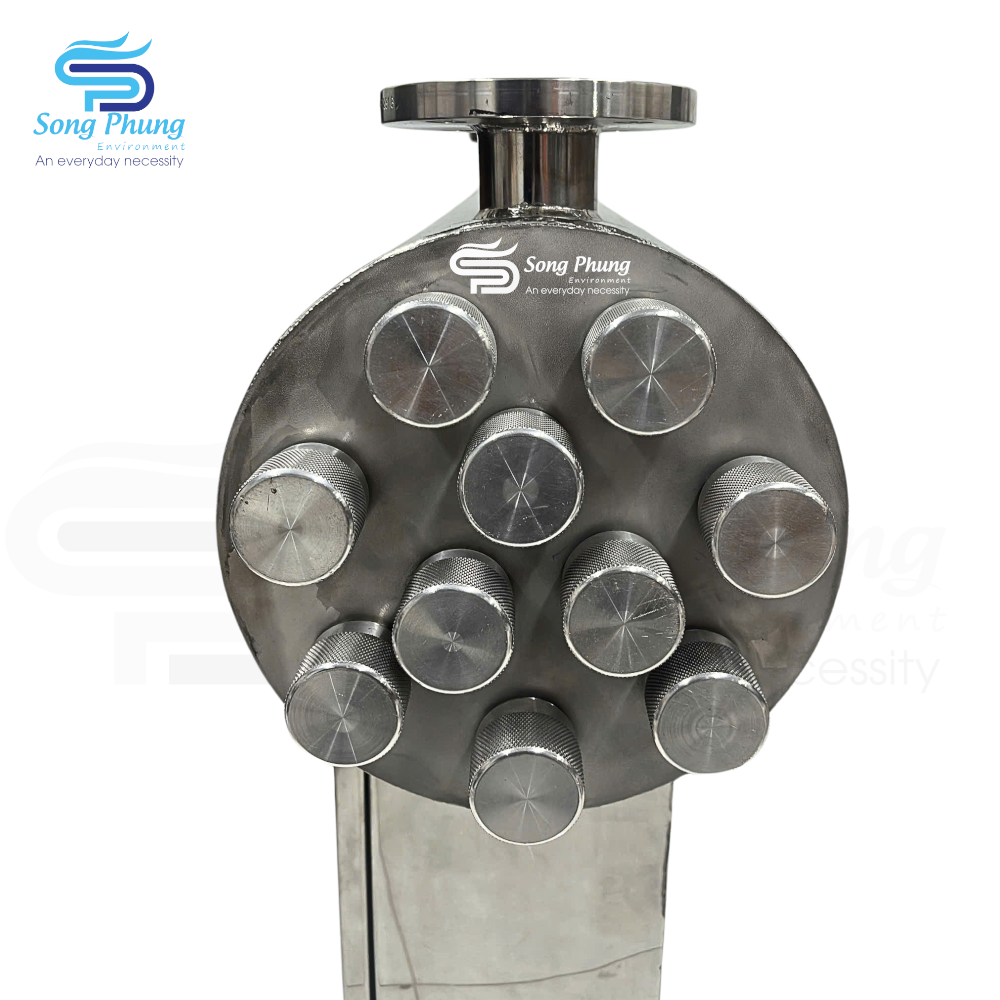





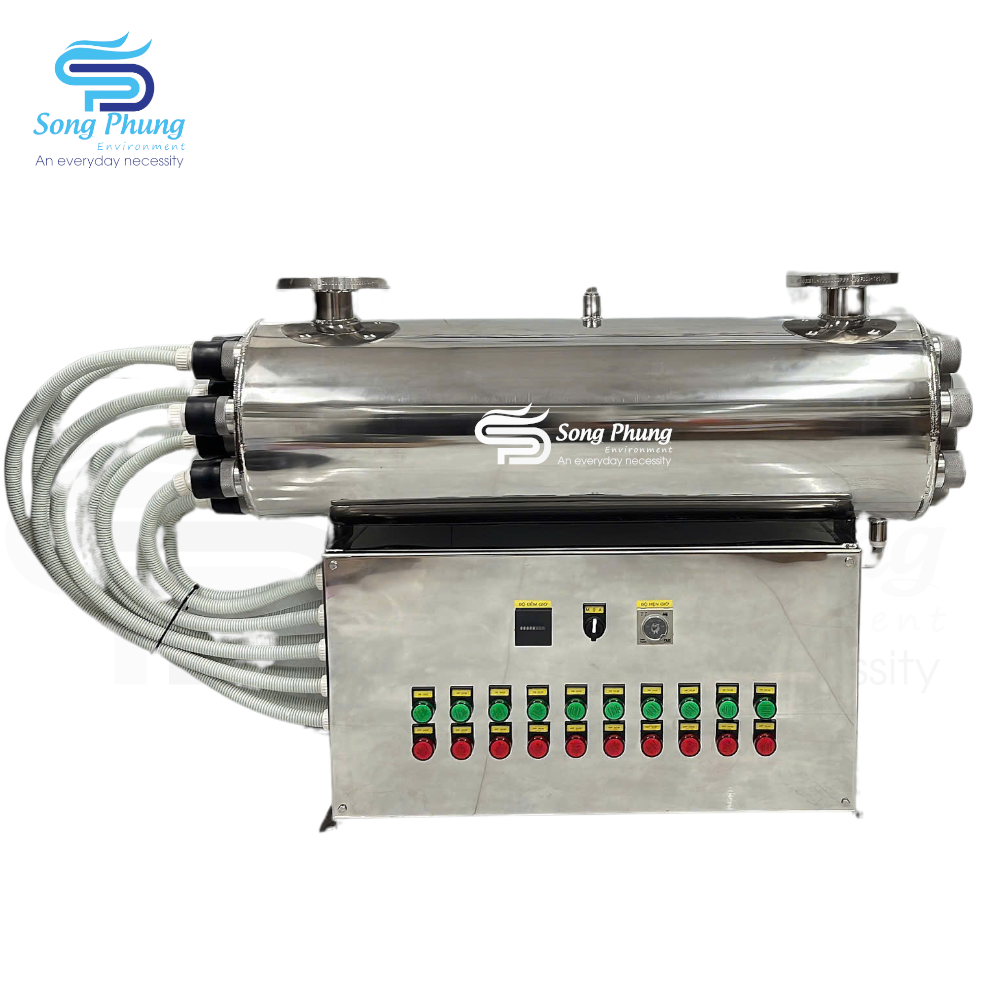
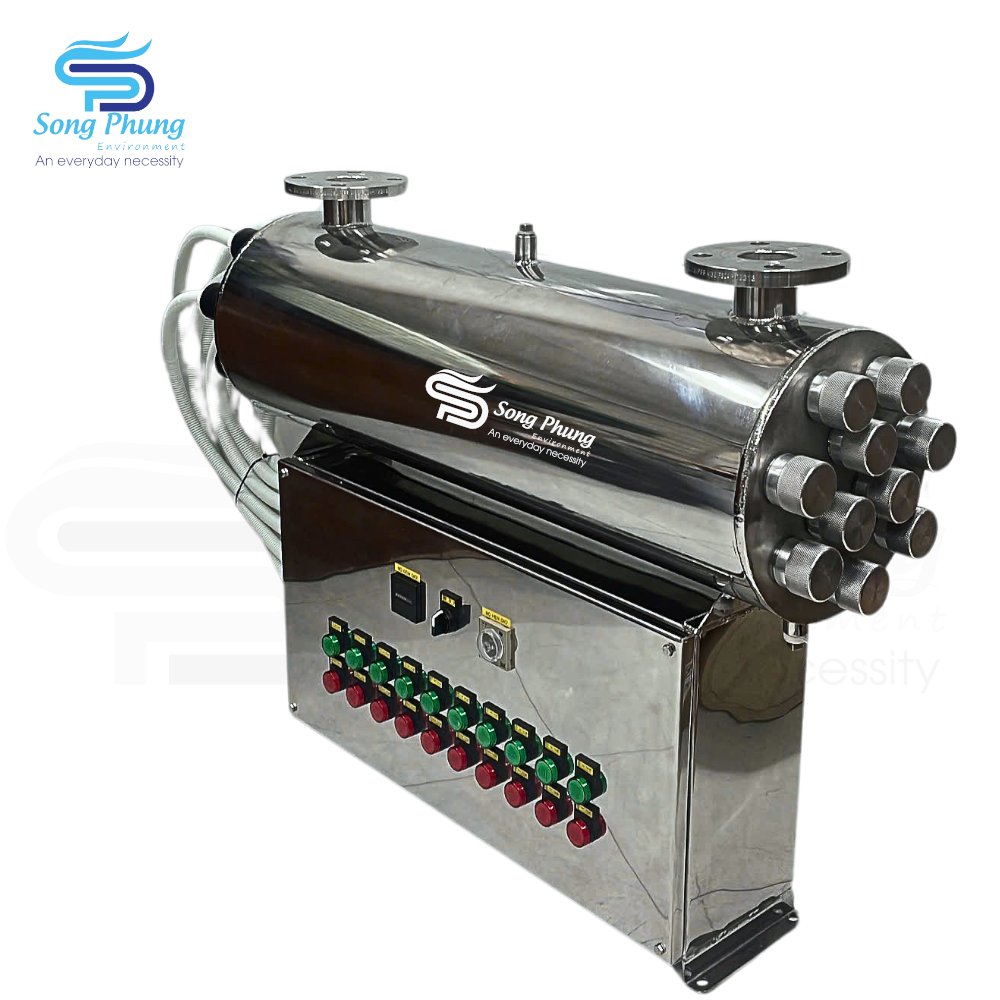

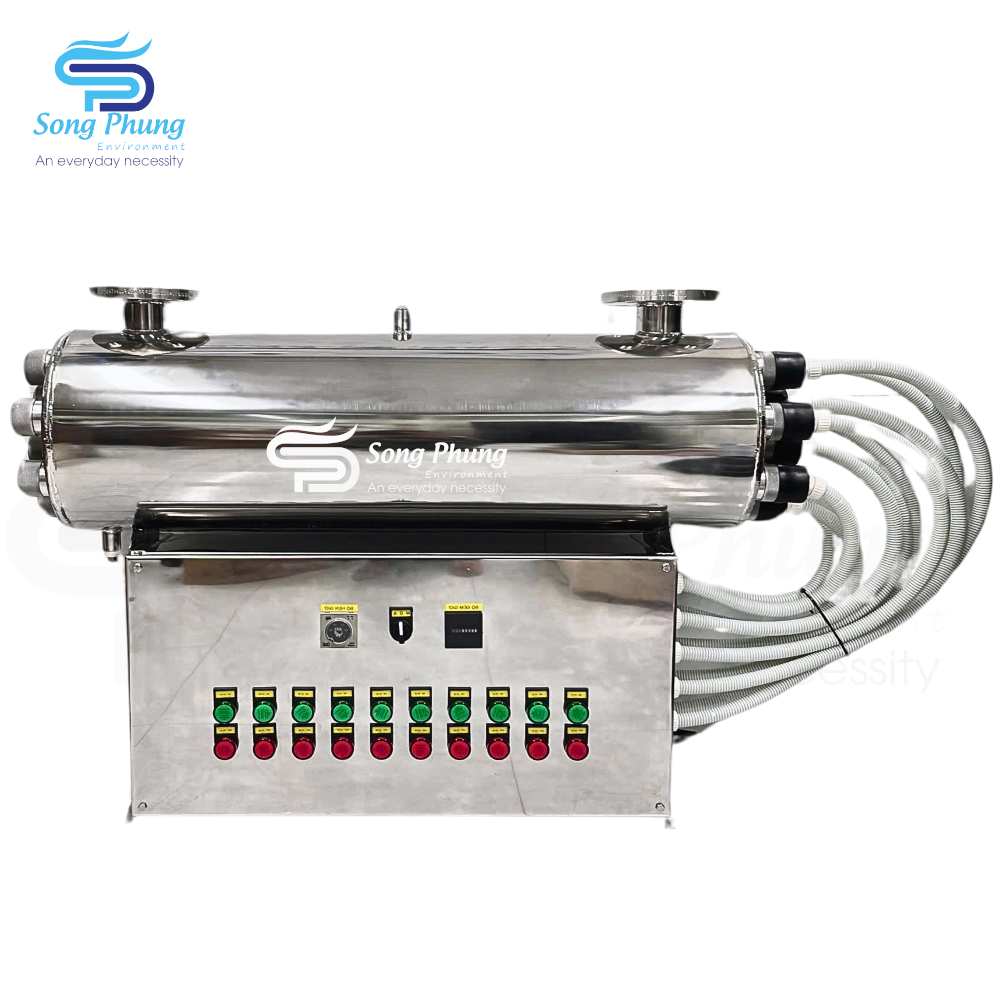
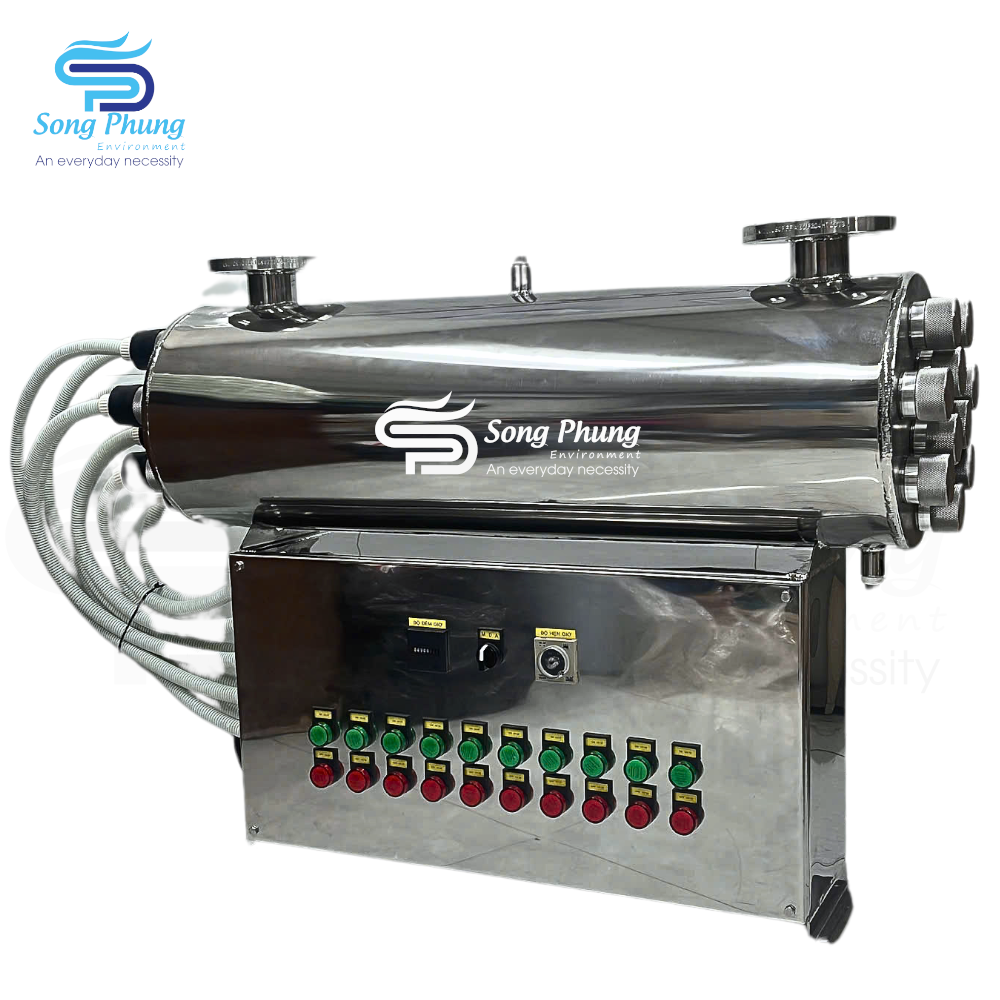

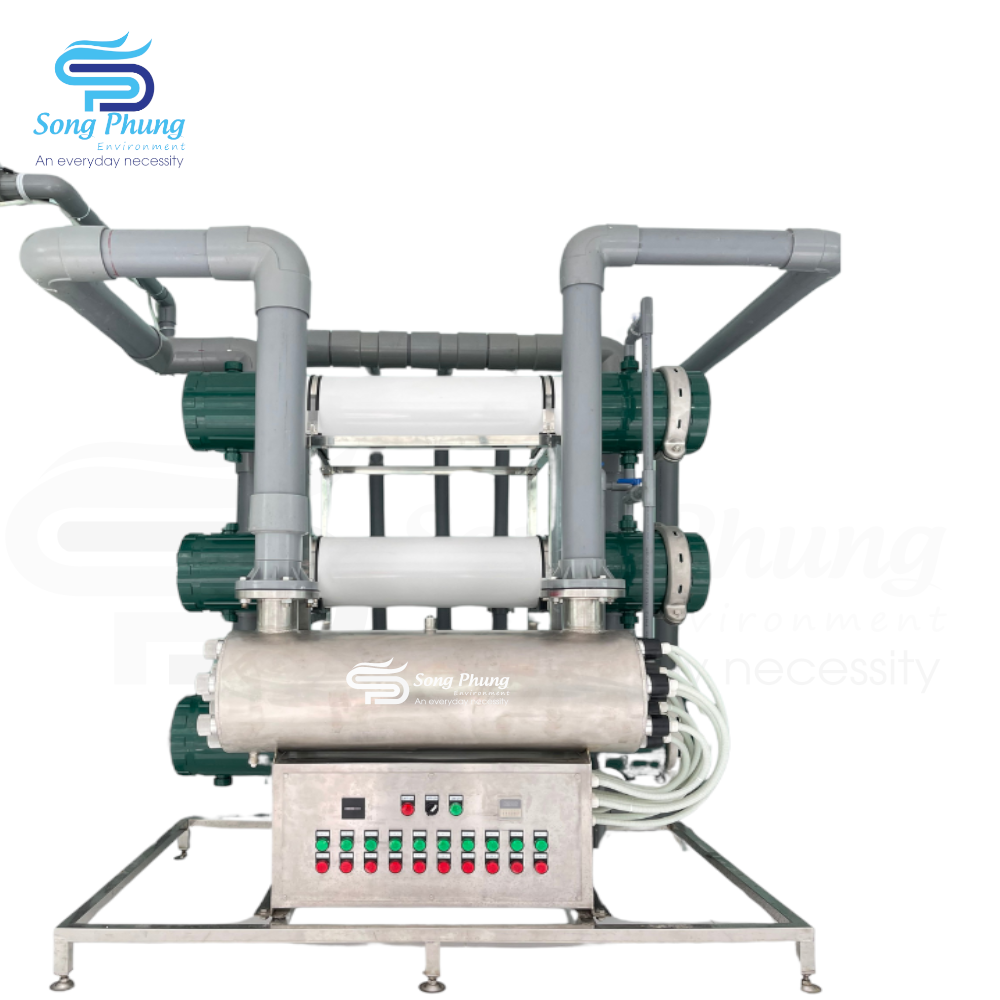
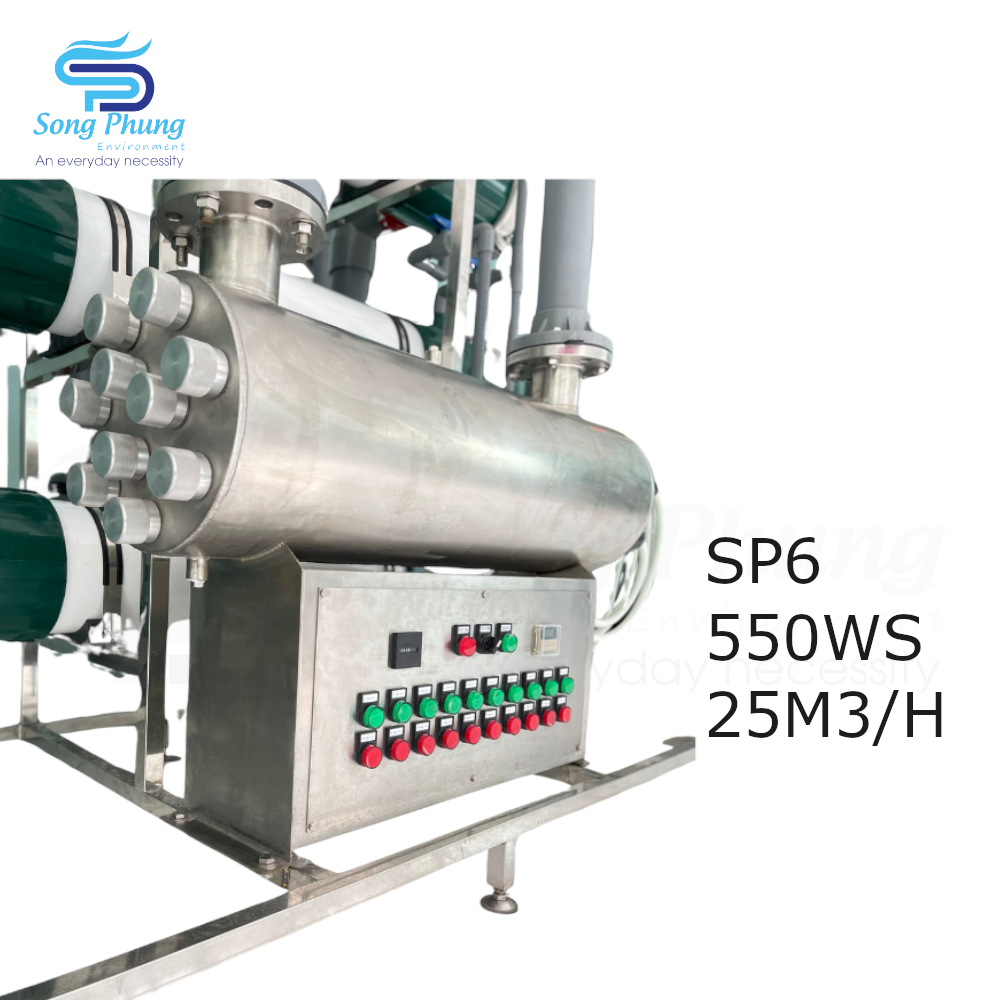
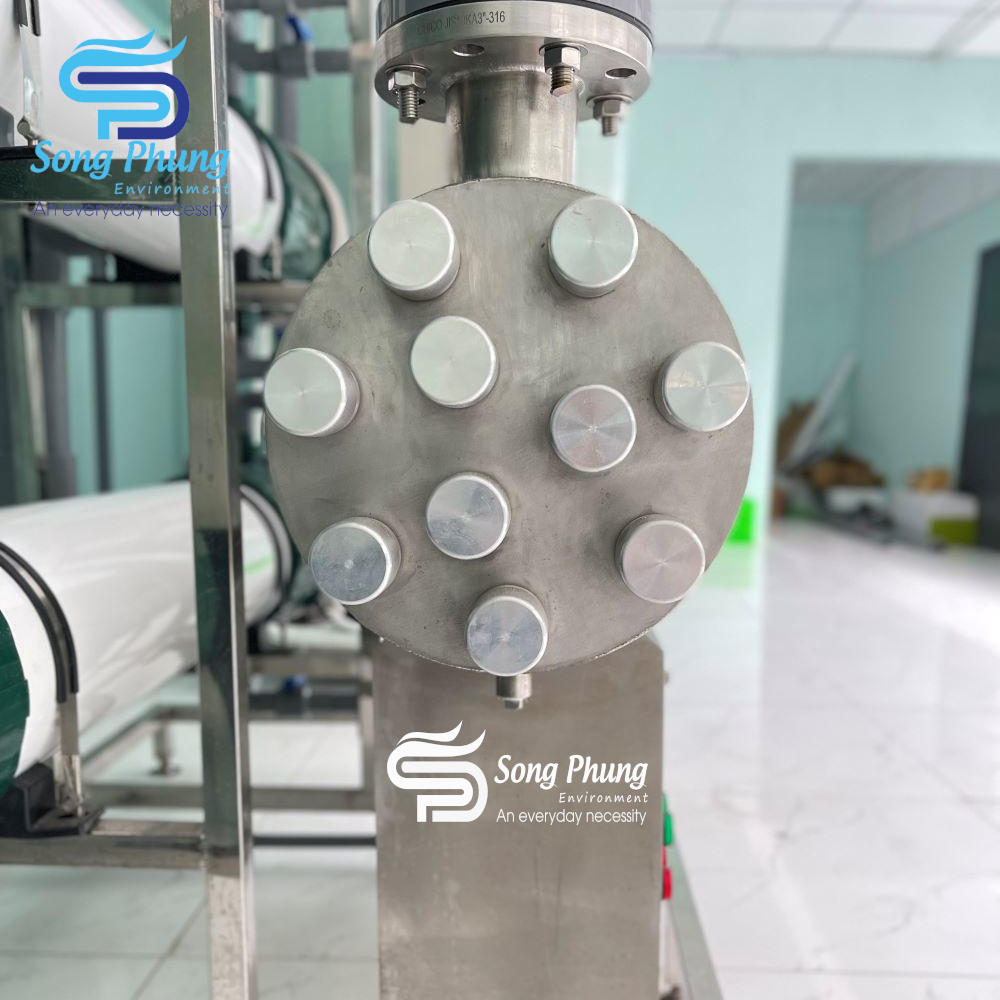
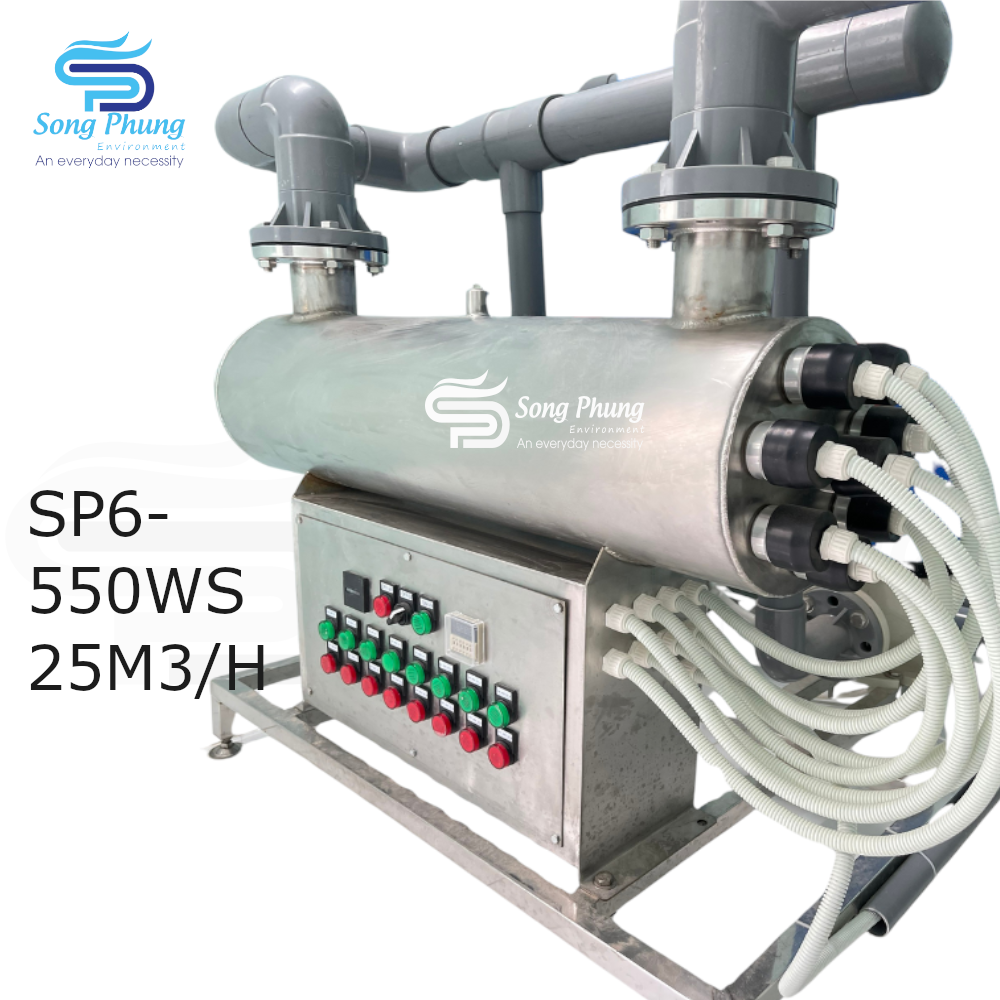

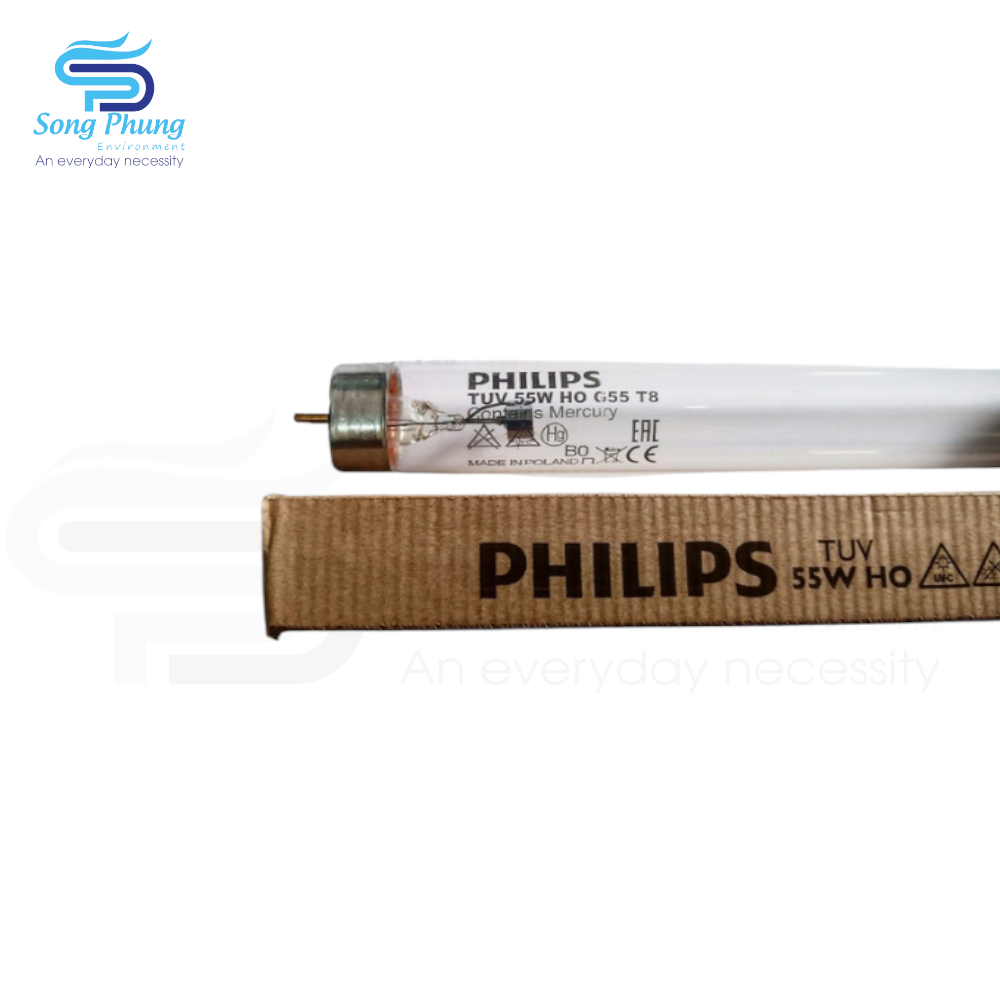

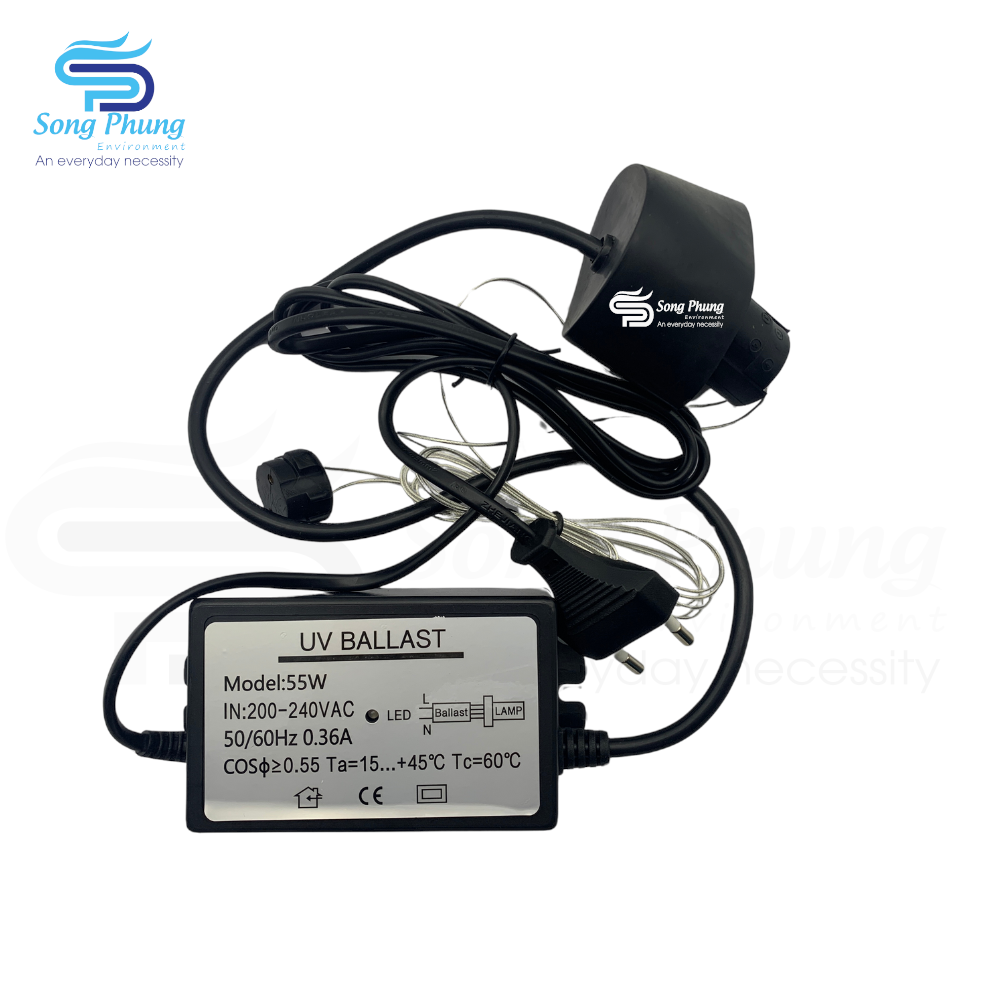
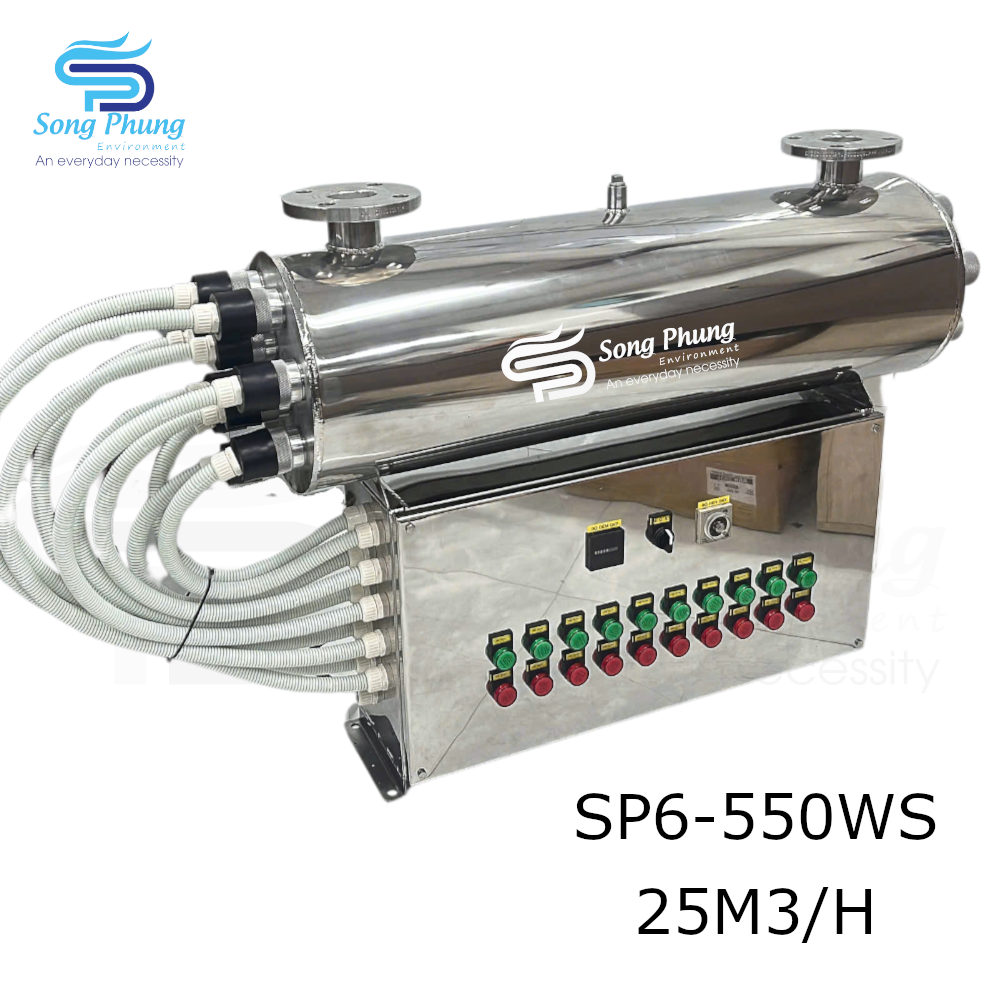
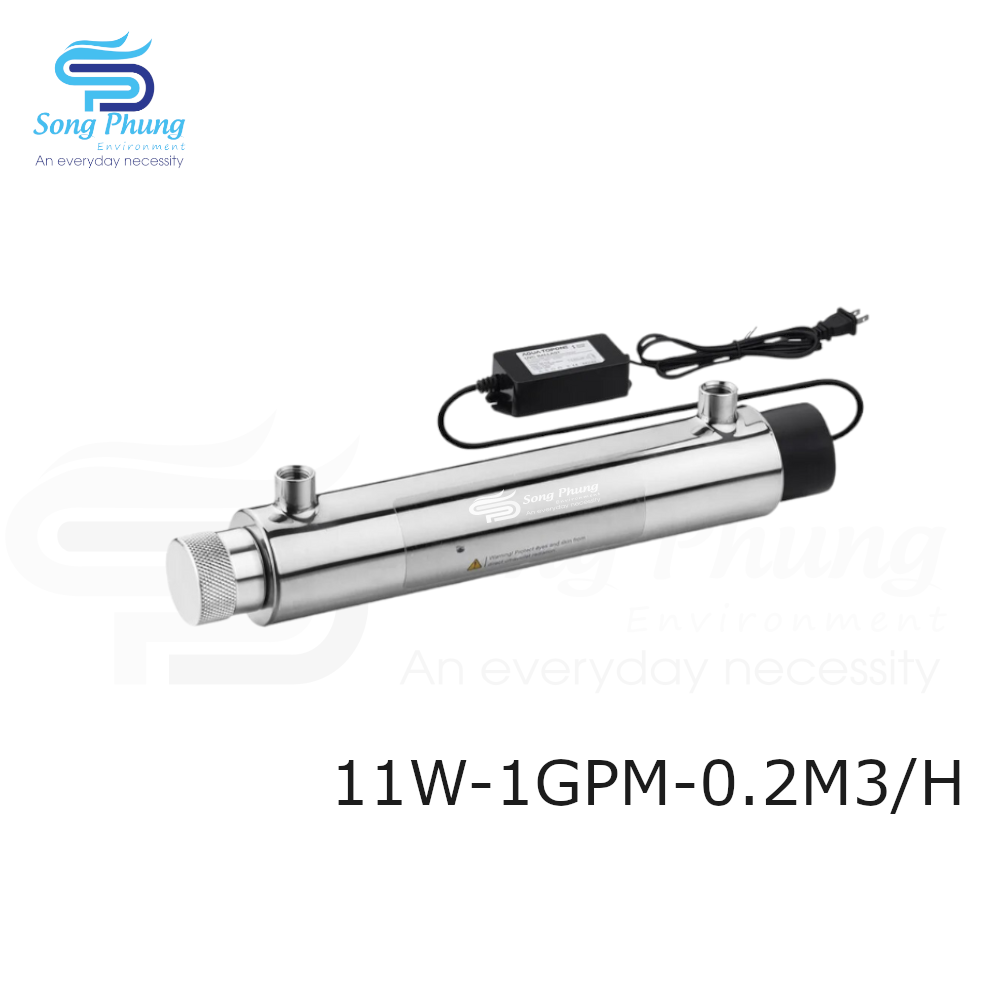
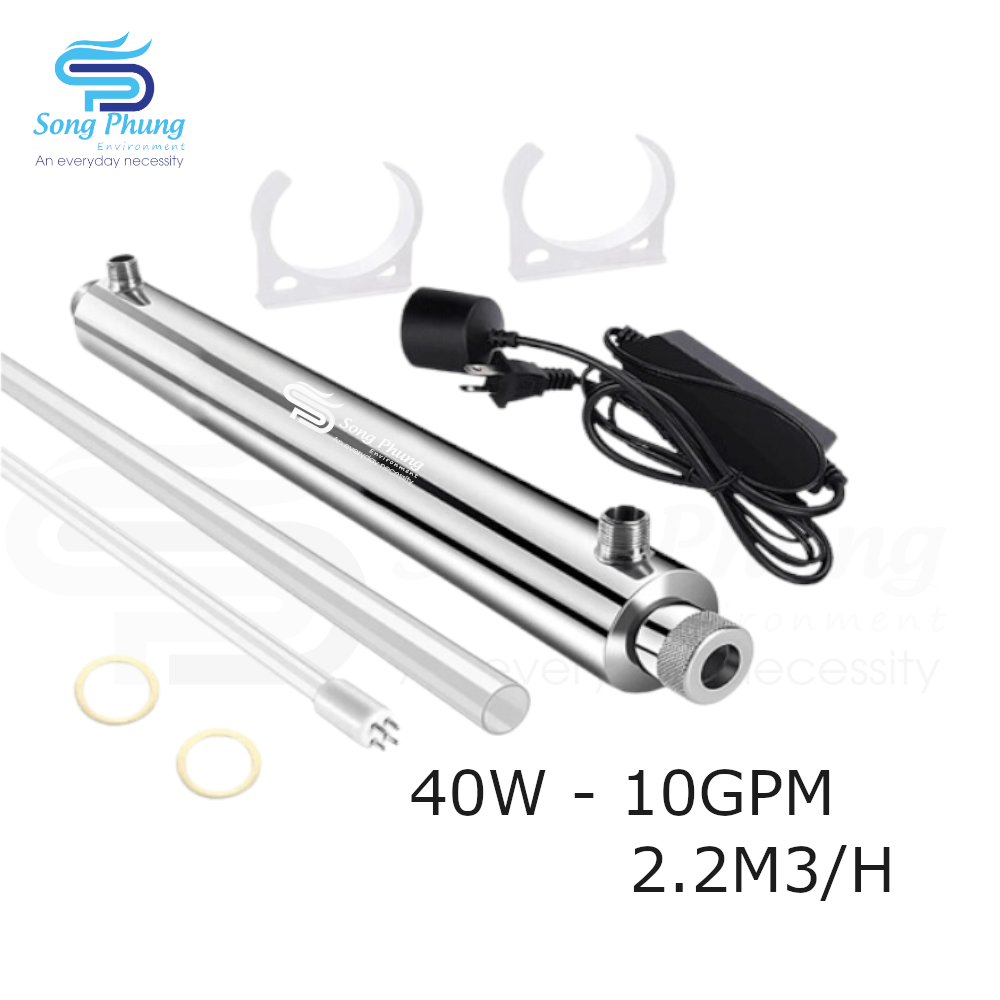
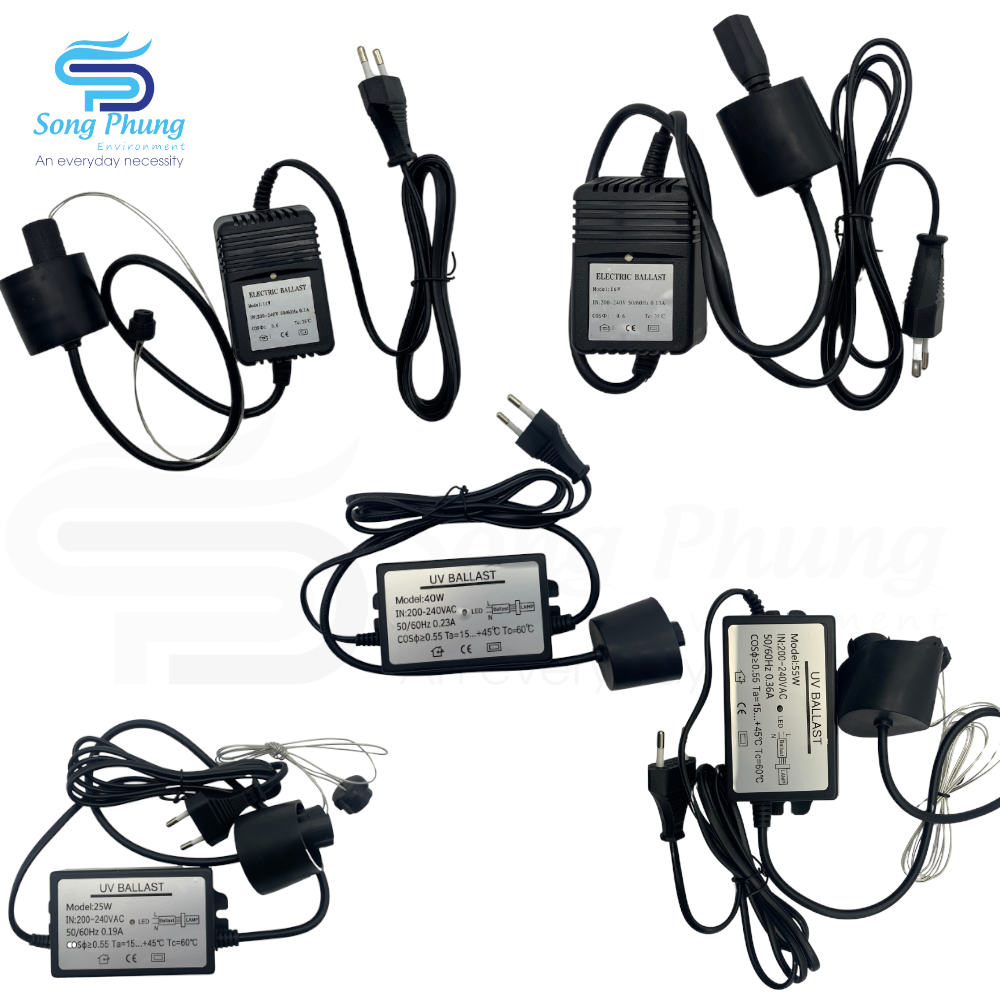




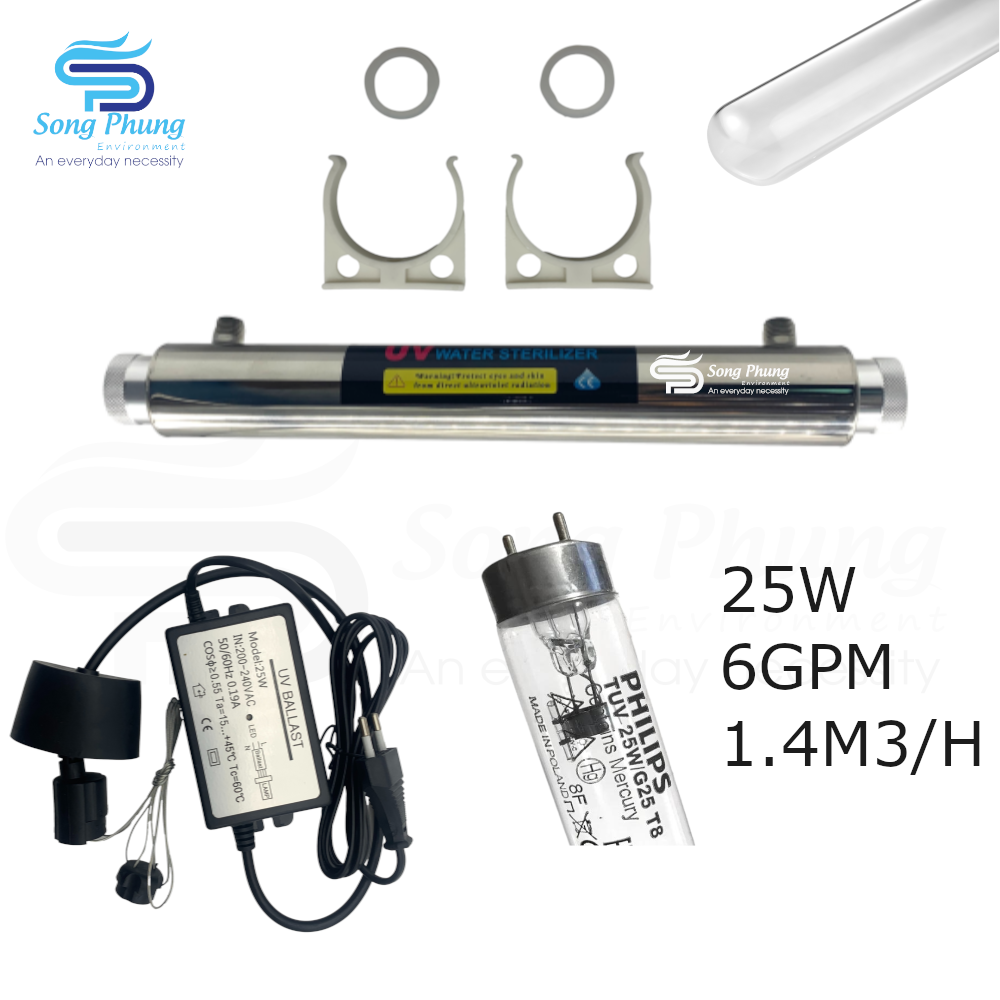
Reviews
There are no reviews yet.